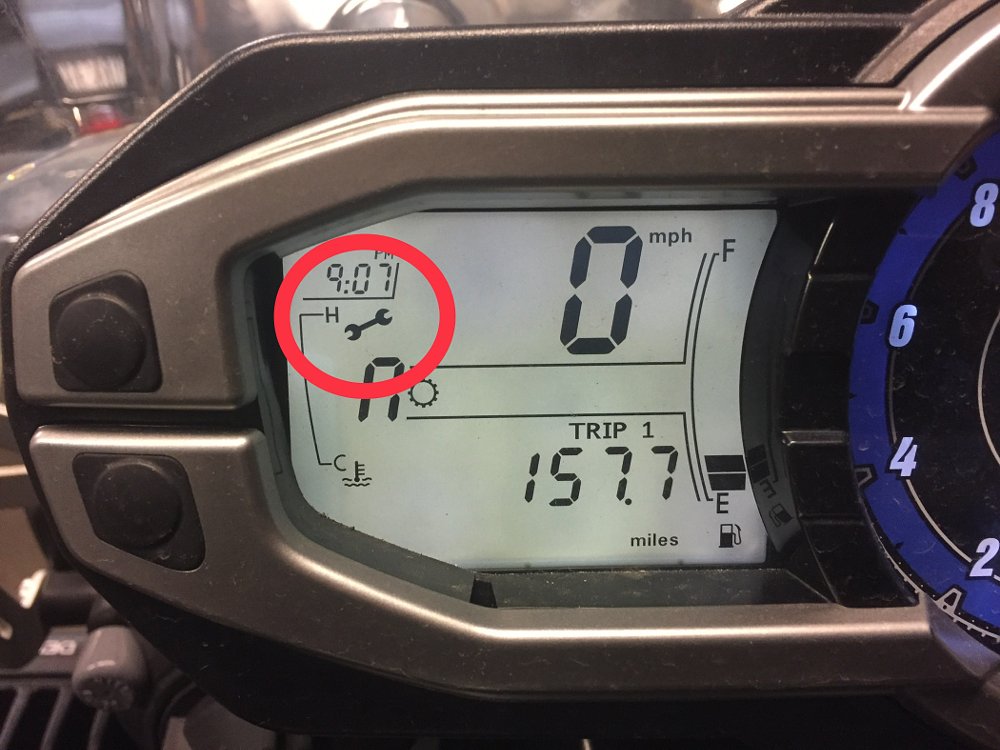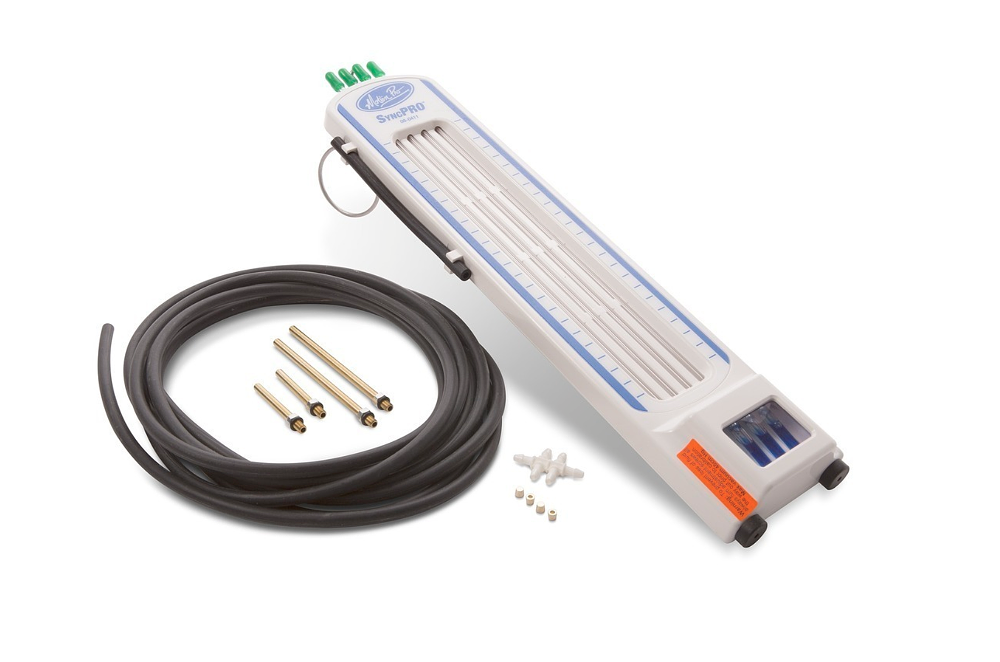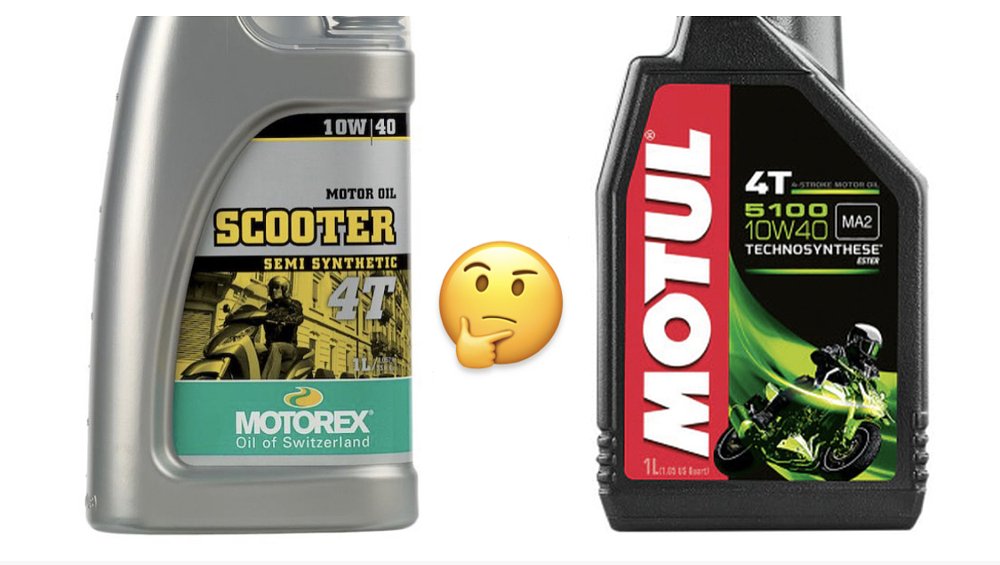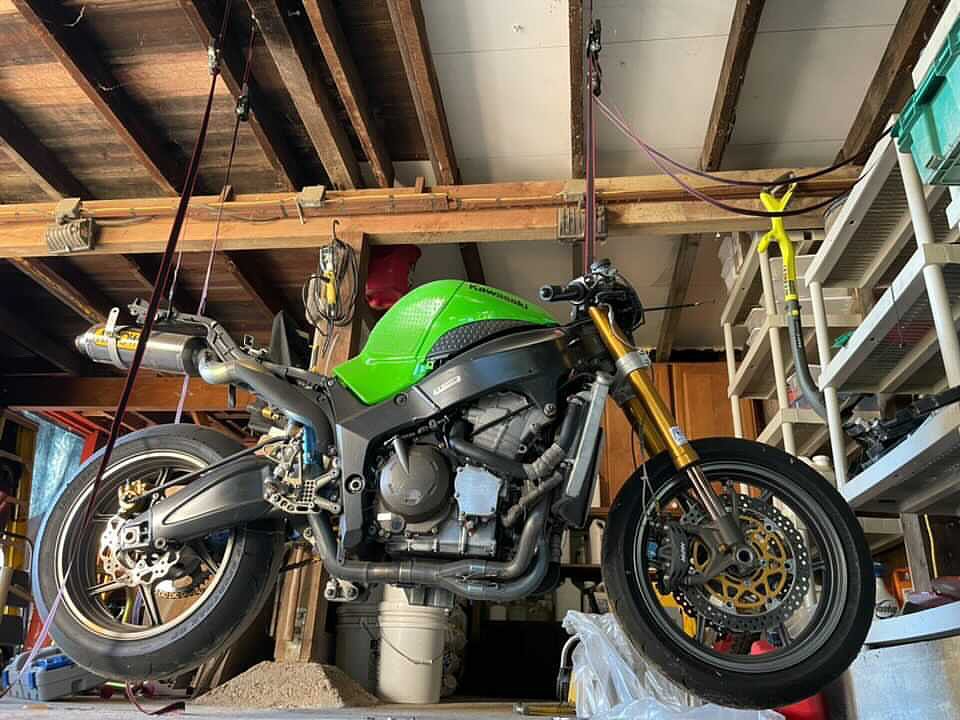Handling your own maintenance is satisfying and saves money, but sometimes DIYers can get stumped. That's where we come in.

I have a 2013 Street Triple R and I do my own maintenance, but the service interval light stays on after oil changes. Do you have a recommended system to reset it? — @casey_ramakrishna
The little wrench (spanner, for our British readers) service reminder is a handy feature, but according to resident Triumph expert Joe Zito, there’s no way to switch it off without special equipment.
Joe says you’ll need to buy the $80 DealerTool to reset it. “The connector plug is included and the software is Windows-compatible so they will also need a Windows laptop or PC to use it,” says Joe. “I use this setup on my Tiger and it works well for service stuff like balancing the throttle bodies. It does not allow modification of fuel and ignition maps though.”
For that, you’ll need the TuneECU app on your Android device and a wireless OBD-2 connector to plug into the bike’s wiring harness. All in, you can get the app and connector for about $35 and it provides more tuning parameters, so that may be a better option.

Could you explain what it means to “sync carbs”? In particular on a ’70s UJM. — @Jonathan Warstler
Syncing — short for synchronizing — the carbs (or throttle bodies on EFI bikes) is the process of checking and adjusting the carburetors to ensure they’re passing the same volume of air and fuel, as determined by intake vacuum measured at a hose or nipple on each carburetor flange using a sync-gauge set. Over time, the linkage that connects the carburetors will wear, causing variances in intake vacuum. Out-of-sync fueling will result in a rough or erratic idle, excessive engine vibration, and other issues, so it’s important to periodically adjust the linkage to ensure all the carbs are opening and closing in lockstep.

Is there any point in using scooter oil versus regular oil in a 4-stroke scooter? Currently stumped. — @khairul anwar
At first glance I assumed “regular” meant motorcycle-specific lube, but then I realized you might have meant automotive oil. In general, using automotive oil in a motorcycle is a bad idea since the lighter weights (usually 5W-30 and lower) are classified as “energy conserving” and contain friction modifiers that can cause a bike’s wet clutch to slip under acceleration.
Scooters, however, don’t have wet clutches. They use centrifugal clutches and belt-drive transmissions that are separate from the crankcase. That being the case, scooter oils get friction modifiers mixed in, similar to auto oils. You can use a regular motorcycle oil (which will carry a MA or MA2 specification on the bottle) in your scooter and it will be 100 percent fine, but a scooter-specific oil (with a MB designation) will offer slightly better fuel economy due to the additive package.
As for using automotive oils in your scooter (my second interpretation of “regular”), that would be fine as well, assuming you can find the appropriate weight at your local auto-parts store.
I was wondering if jacking an R6 up by the headers is the best way to check the steering head bearings. If not, do you know a better way? — @brant klinger
Jacking up a bike by the headers seems convenient, but I wouldn’t recommend it. The pipes are thin, and even if they don’t dent, you might strain and compress the exhaust gaskets in a way that could lead to a leak.
Since you’re trying to check the head bearings, it’s important that the front end is unloaded, so once you have the bike stable on a rear stand you’ll need to get creative with some ratchet straps. Rather than jacking the front up, suspend it, either from an appropriately burly A-frame ladder or the ceiling joists in your basement or garage, if they’re suitably strong. Make sure the ratchet straps are routed around the headstock rather than the top triple clamp. The bearings need to be unloaded, remember?















